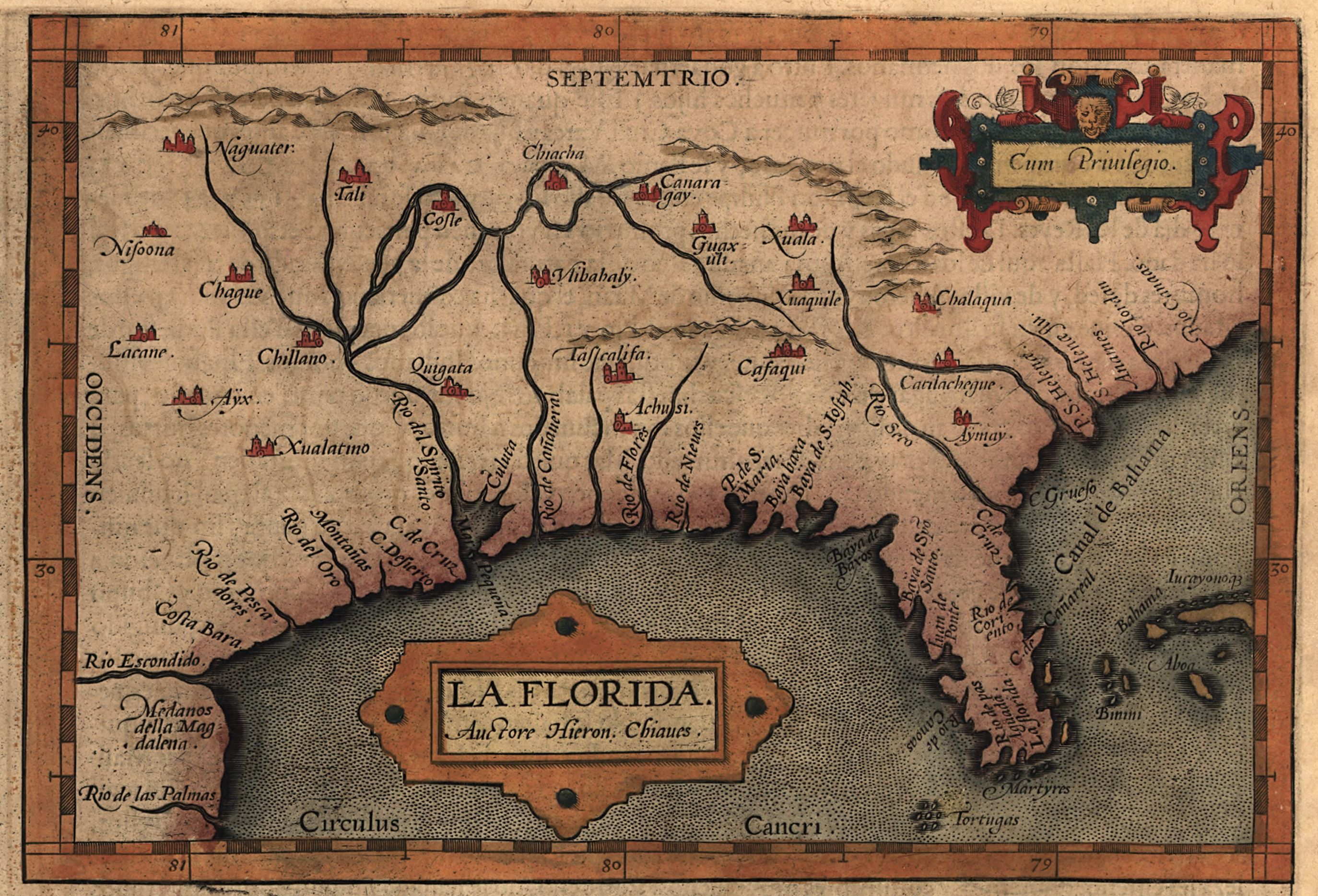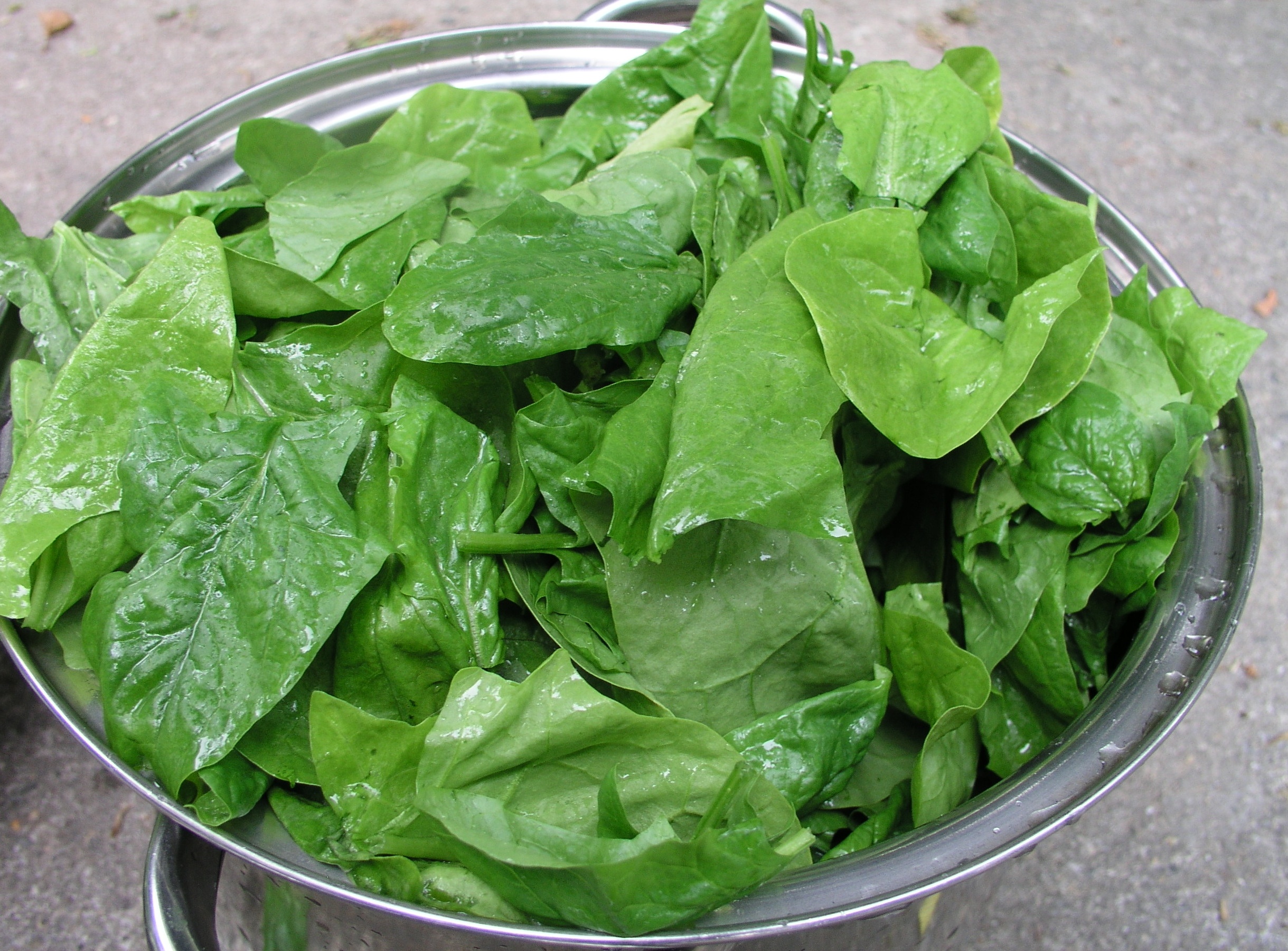|
Nasturtium Floridanum
''Nasturtium floridanum'', common names Florida yellowcress and Florida watercress, is an aquatic plant species endemic to Florida Florida is a state located in the Southeastern region of the United States. Florida is bordered to the west by the Gulf of Mexico, to the northwest by Alabama, to the north by Georgia, to the east by the Bahamas and Atlantic Ocean, a ..., though widely distributed within that state. It is found in wet places at elevations less than 50 m. ''Nasturtium floridanum'' can be distinguished from the more common '' N. officinale'' by its much smaller seeds, less than 2 mm across. References photo of herbarium specimen at Missouri Botanical Garden, serving as isolectotpe of ''Cardamine curvisiliqua'' and ''Nasturtium floridanum'' {{Taxonbar, from=Q15547708 floridanum Freshwater plants Herbs Leaf vegetables Medicinal plants Perennial vegetables Flora of Florida Plants described in 1988 Plants described in 1887 ... [...More Info...] [...Related Items...] OR: [Wikipedia] [Google] [Baidu] |
Endemic
Endemism is the state of a species being found in a single defined geographic location, such as an island, state, nation, country or other defined zone; organisms that are indigenous to a place are not endemic to it if they are also found elsewhere. For example, the Cape sugarbird is found exclusively in southwestern South Africa and is therefore said to be ''endemic'' to that particular part of the world. An endemic species can be also be referred to as an ''endemism'' or in scientific literature as an ''endemite''. For example ''Cytisus aeolicus'' is an endemite of the Italian flora. ''Adzharia renschi'' was once believed to be an endemite of the Caucasus, but it was later discovered to be a non-indigenous species from South America belonging to a different genus. The extreme opposite of an endemic species is one with a cosmopolitan distribution, having a global or widespread range. A rare alternative term for a species that is endemic is "precinctive", which applies to ... [...More Info...] [...Related Items...] OR: [Wikipedia] [Google] [Baidu] |
Florida
Florida is a state located in the Southeastern region of the United States. Florida is bordered to the west by the Gulf of Mexico, to the northwest by Alabama, to the north by Georgia, to the east by the Bahamas and Atlantic Ocean, and to the south by the Straits of Florida and Cuba; it is the only state that borders both the Gulf of Mexico and the Atlantic Ocean. Spanning , Florida ranks 22nd in area among the 50 states, and with a population of over 21 million, it is the third-most populous. The state capital is Tallahassee, and the most populous city is Jacksonville. The Miami metropolitan area, with a population of almost 6.2 million, is the most populous urban area in Florida and the ninth-most populous in the United States; other urban conurbations with over one million people are Tampa Bay, Orlando, and Jacksonville. Various Native American groups have inhabited Florida for at least 14,000 years. In 1513, Spanish explorer Juan Ponce de León became th ... [...More Info...] [...Related Items...] OR: [Wikipedia] [Google] [Baidu] |
Nasturtium Officinale
Watercress or yellowcress (''Nasturtium officinale'') is a species of aquatic flowering plant in the cabbage family Brassicaceae. Watercress is a rapidly growing perennial plant native to Europe and Asia. It is one of the oldest known leaf vegetables consumed by humans. Watercress and many of its relatives, such as garden cress, mustard, radish, and wasabi, are noteworthy for their piquant flavors. The hollow stems of watercress float in water. The leaf structure is pinnately compound. Small, white, and green inflorescences are produced in clusters and are frequently visited by insects, especially hoverflies, such as '' Eristalis'' flies. Taxonomy Watercress is listed in some sources as belonging to the genus ''Rorippa'', although molecular evidence shows those aquatic species with hollow stems are more closely related to ''Cardamine'' than ''Rorippa''. Despite the Latin name, watercress is not particularly closely related to the flowers popularly known as nasturtiums (''Tro ... [...More Info...] [...Related Items...] OR: [Wikipedia] [Google] [Baidu] |
Nasturtium (genus)
''Nasturtium'' () is a genus of a small number of plant species in the family Brassicaceae (cabbage family) commonly known as watercress or yellowcress. The best known species are the edible ''Nasturtium officinale'' and ''Nasturtium microphyllum''. ''Nasturtium'' was previously synonymised with ''Rorippa'', but molecular evidence supports its maintenance as a distinct genus more closely related to ''Cardamine'' than to ''Rorippa'' ''sensu stricto''. These plants are related to garden cress and Mustard plant, mustard, noteworthy for a peppery, tangy (pungent) flavor. The name ''Nasturtium'' comes from the Latin ''nasus tortus'', meaning "twisted nose", in reference to the effect on the nasal passages of eating the plants. ''Nasturtium'' foliage is used as food by the caterpillars of certain Lepidoptera, including ''Orthonama obstipata'' (The Gem). One species, ''Nasturtium gambellii'', is federally listed in California as an endangered species. Nomenclature The genus ''Nastu ... [...More Info...] [...Related Items...] OR: [Wikipedia] [Google] [Baidu] |
Freshwater Plants
Fresh water or freshwater is any naturally occurring liquid or frozen water containing low concentrations of dissolved salts and other total dissolved solids. Although the term specifically excludes seawater and brackish water, it does include non- salty mineral-rich waters such as chalybeate springs. Fresh water may encompass frozen and meltwater in ice sheets, ice caps, glaciers, snowfields and icebergs, natural precipitations such as rainfall, snowfall, hail/ sleet and graupel, and surface runoffs that form inland bodies of water such as wetlands, ponds, lakes, rivers, streams, as well as groundwater contained in aquifers, subterranean rivers and lakes. Fresh water is the water resource that is of the most and immediate use to humans. Water is critical to the survival of all living organisms. Many organisms can thrive on salt water, but the great majority of higher plants and most insects, amphibians, reptiles, mammals and birds need fresh water to survive. Fresh ... [...More Info...] [...Related Items...] OR: [Wikipedia] [Google] [Baidu] |
Herbs
In general use, herbs are a widely distributed and widespread group of plants, excluding vegetables and other plants consumed for macronutrients, with savory or aromatic properties that are used for flavoring and garnishing food, for medicinal purposes, or for fragrances. Culinary use typically distinguishes herbs from spices. ''Herbs'' generally refers to the leafy green or flowering parts of a plant (either fresh or dried), while ''spices'' are usually dried and produced from other parts of the plant, including seeds, bark, roots and fruits. Herbs have a variety of uses including culinary, medicinal, aromatic and in some cases, spiritual. General usage of the term "herb" differs between culinary herbs and medicinal herbs; in medicinal or spiritual use, any parts of the plant might be considered as "herbs", including leaves, roots, flowers, seeds, root bark, inner bark (and cambium), resin and pericarp. The word "herb" is pronounced in Commonwealth English, but ... [...More Info...] [...Related Items...] OR: [Wikipedia] [Google] [Baidu] |
Leaf Vegetables
Leaf vegetables, also called leafy greens, pot herbs, vegetable greens, or simply greens, are plant leaves eaten as a vegetable, sometimes accompanied by tender petioles and shoots. Leaf vegetables eaten raw in a salad can be called salad greens. Nearly one thousand species of plants with edible leaves are known. Leaf vegetables most often come from short-lived herbaceous plants, such as lettuce and spinach. Woody plants of various species also provide edible leaves. The leaves of many fodder crops are also edible for humans, but are usually only eaten under famine conditions. Examples include alfalfa, clover, most grasses, including wheat and barley. Food processing, such as drying and grinding into powder or pulping and pressing for juice, may be used to involve these crop leaves in a diet. Leaf vegetables contain many typical plant nutrients, but since they are photosynthetic tissues, their vitamin K levels are particularly notable. Phylloquinone, the most co ... [...More Info...] [...Related Items...] OR: [Wikipedia] [Google] [Baidu] |
Medicinal Plants
Medicinal plants, also called medicinal herbs, have been discovered and used in traditional medicine practices since prehistoric times. Plants synthesize hundreds of chemical compounds for various functions, including defense and protection against insects, fungi, diseases, and herbivorous mammals. The earliest historical records of herbs are found from the Sumerian civilization, where hundreds of medicinal plants including opium are listed on clay tablets, c. 3000 BC. The Ebers Papyrus from ancient Egypt, c. 1550 BC, describes over 850 plant medicines. The Greek physician Dioscorides, who worked in the Roman army, documented over 1000 recipes for medicines using over 600 medicinal plants in '' De materia medica'', c. 60 AD; this formed the basis of pharmacopoeias for some 1500 years. Drug research sometimes makes use of ethnobotany to search for pharmacologically active substances, and this approach has yielded hundreds of useful compounds. These include the common ... [...More Info...] [...Related Items...] OR: [Wikipedia] [Google] [Baidu] |
Perennial Vegetables
Perennial vegetables are vegetables that can live for more than two years. Some well known perennial vegetables from the temperate regions of the world include asparagus, artichoke and rhubarb. In the tropics, cassava and taro are grown as vegetables, and these plants can live many years. Some perennial plants are cultivated as annuals in order to minimise pest pressure (e.g., potato, ''Solanum tuberosum''). Perennial vegetables are an integral part of many cultural diets around the world, particularly in tropical agriculture. In contrast, temperate Eurasian cultures have relied on annual cereals (oats, barley, wheat) as dietary staples since antiquity. Some examples of older temperate varieties include: seakale, skirret, sorrel, and Good King Henry. List * Abelmoschus manihot, edible hibiscus * Allium ampeloprasum, perennial leek * Allium cepa aggregatum, potato onion * Allium × proliferum, tree onion or walking onion * Allium schoenprasum, chives * Aralia cordata, udo ... [...More Info...] [...Related Items...] OR: [Wikipedia] [Google] [Baidu] |
Flora Of Florida
Flora (: floras or florae) is all the plant life present in a particular region or time, generally the naturally occurring ( indigenous) native plants. The corresponding term for animals is ''fauna'', and for fungi, it is '' funga''. Sometimes bacteria and fungi are also referred to as flora as in the terms ''gut flora'' or ''skin flora''. Etymology The word "flora" comes from the Latin name of Flora, the goddess of plants, flowers, and fertility in Roman mythology. The technical term "flora" is then derived from a metonymy of this goddess at the end of the sixteenth century. It was first used in poetry to denote the natural vegetation of an area, but soon also assumed the meaning of a work cataloguing such vegetation. Moreover, "Flora" was used to refer to the flowers of an artificial garden in the seventeenth century. The distinction between vegetation (the general appearance of a community) and flora (the taxonomic composition of a community) was first made by Jules Thurma ... [...More Info...] [...Related Items...] OR: [Wikipedia] [Google] [Baidu] |
Plants Described In 1988
Plants are predominantly photosynthetic eukaryotes of the kingdom Plantae. Historically, the plant kingdom encompassed all living things that were not animals, and included algae and fungi; however, all current definitions of Plantae exclude the fungi and some algae, as well as the prokaryotes (the archaea and bacteria). By one definition, plants form the clade Viridiplantae (Latin name for "green plants") which is sister of the Glaucophyta, and consists of the green algae and Embryophyta (land plants). The latter includes the flowering plants, conifers and other gymnosperms, ferns and their allies, hornworts, liverworts, and mosses. Most plants are multicellular organisms. Green plants obtain most of their energy from sunlight via photosynthesis by primary chloroplasts that are derived from endosymbiosis with cyanobacteria. Their chloroplasts contain chlorophylls a and b, which gives them their green color. Some plants are parasitic or mycotrophic and have los ... [...More Info...] [...Related Items...] OR: [Wikipedia] [Google] [Baidu] |
.jpg)






